All products featured are independently chosen by us. However, SoundGuys may receive a commission on orders placed through its retail links. See our ethics statement.
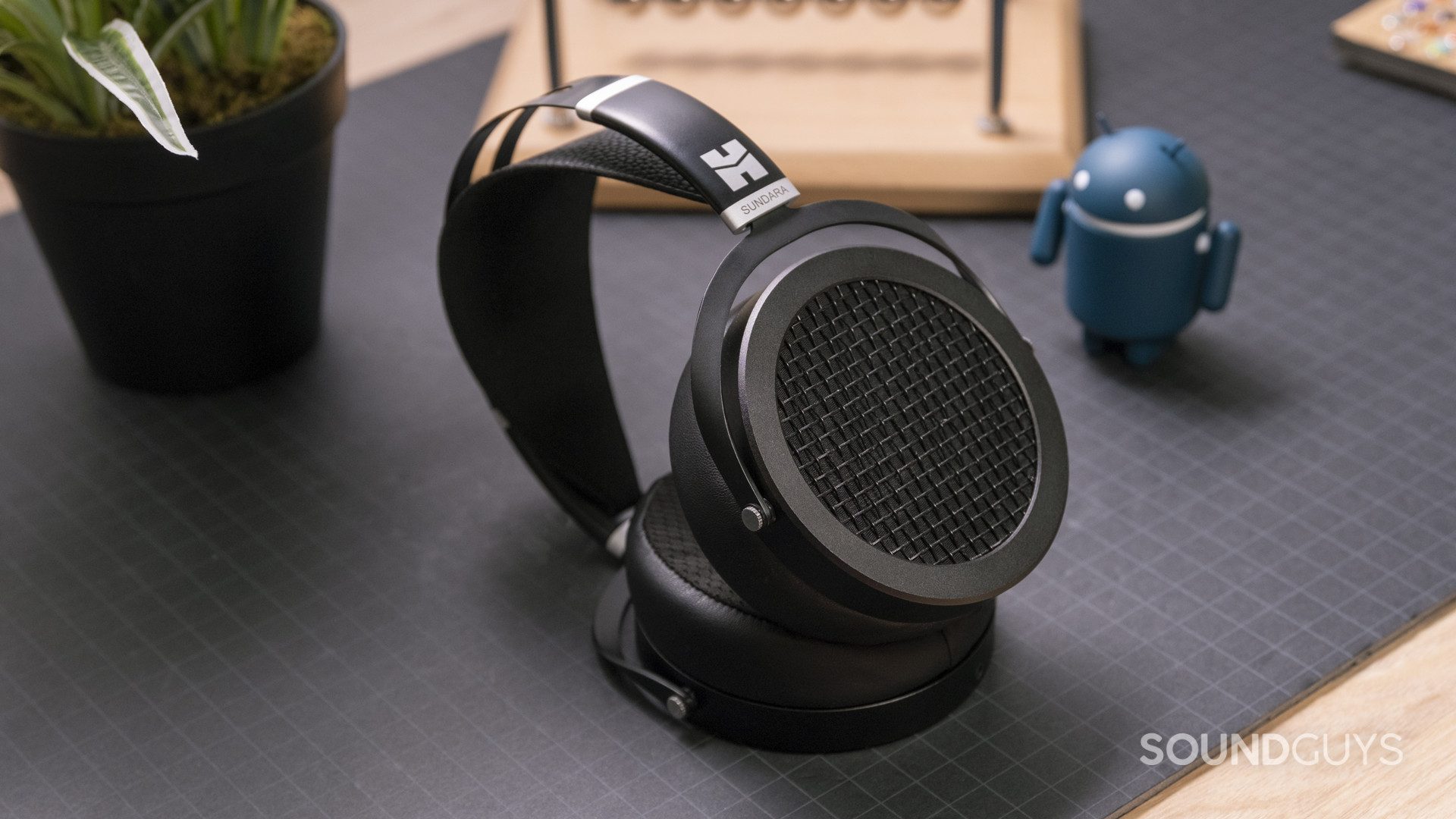
HiFiMan Sundara review
November 28, 2024
HiFiMan Sundara
Widely billed as one of the best entry-level planar magnetic headphones, the HiFiMan Sundara has no shortage of hype around it in the audiophile community. But is that hype earned, or just another community darling that doesn’t have broader appeal?
We took the Sundara for a spin in our labs and used it for a week as a daily driver. There are many positives, but as with any enthusiast-oriented product, it’s not for everyone. Still, the Sundara stands out amongst its peers.
The HiFiMan Sundara is for anyone who wants a pair of open-backed headphones that performs great out of the box without much tinkering. However, this is very much an enthusiast-grade set of headphones, and you will need a powerful source to use it.
Editor’s note: this review was updated on November 28, 2024, to update formatting, links.
What is the HiFiMan Sundara like to use?
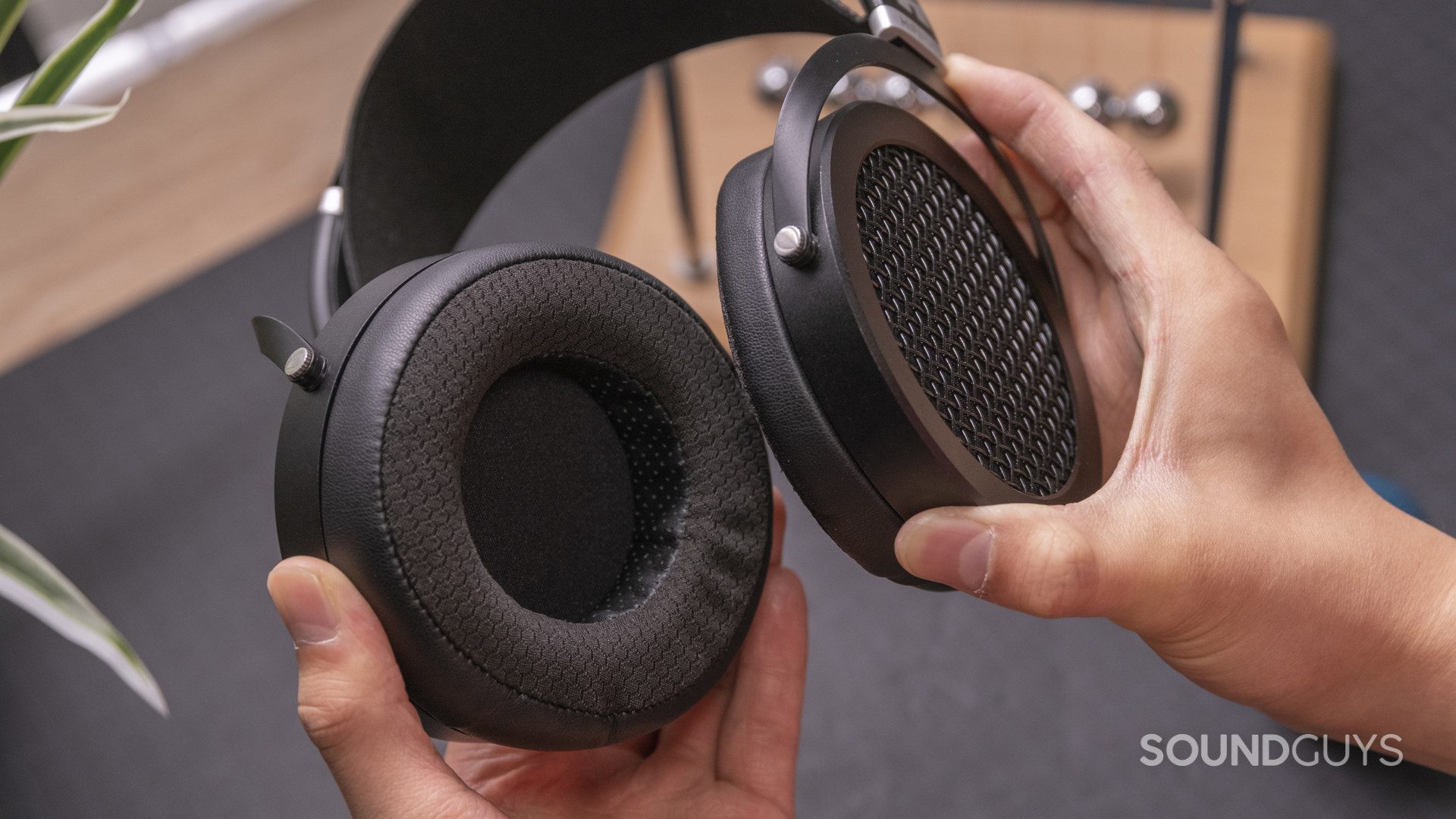
A set of fairly hefty planar magnetic headphones, the HiFiMan Sundara will seem rather bulky if you’re not used to this driver type. Planar magnetics in general have a lot of mass, simply because of the sheer number of magnets used in their design. If you don’t have a particularly strong neck, the 372g of bulk will definitely fatigue you after a few hours, though the padding on the ear cups and the suspension band do a lot of work to distribute the weight across your head evenly.
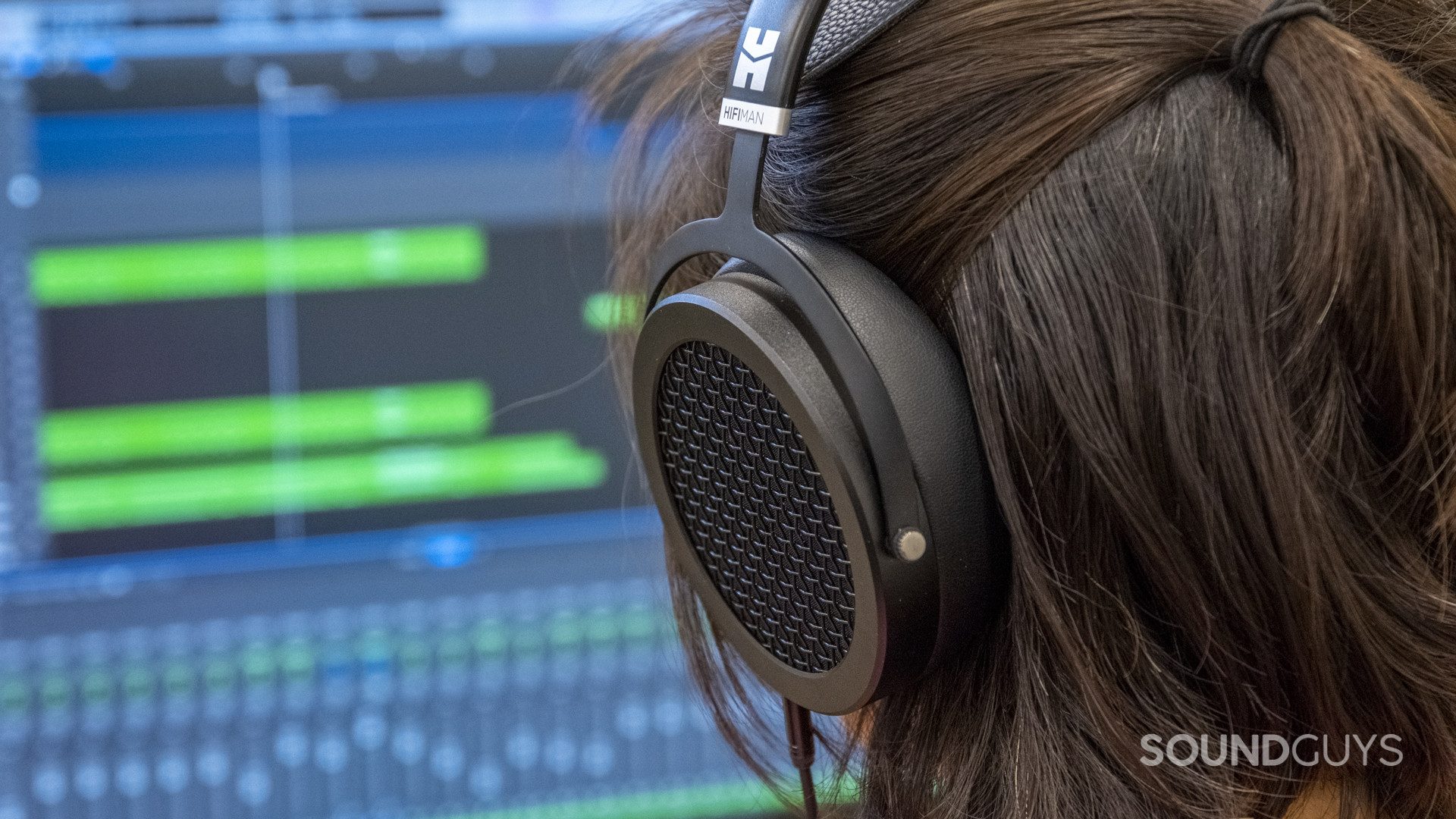
Speaking of the pads, HiFiMan updated the Sundara’s ear pads sometime in 2020 to not only angle where they meet your head (making it fit better), but the cloth material also means you can listen without issue with glasses on. Of course, cloth pads of any kind mean you may want to keep some fabric-safe cleaner around to handle sweat, skin oils, and other gunk — eventually you’ll be wallowing in all of that without it.
The backs of the HiFiMan Sundara are protected by a woven metal grille and some foam, which lets in outside noise as all other open-backed headphones do. The gift you get in return is that there aren’t any resonance issues in the bass due to a closed back. Instead, music will sound more “natural” as there’s less resistance and no pressure build up on the back of the driver when it moves.
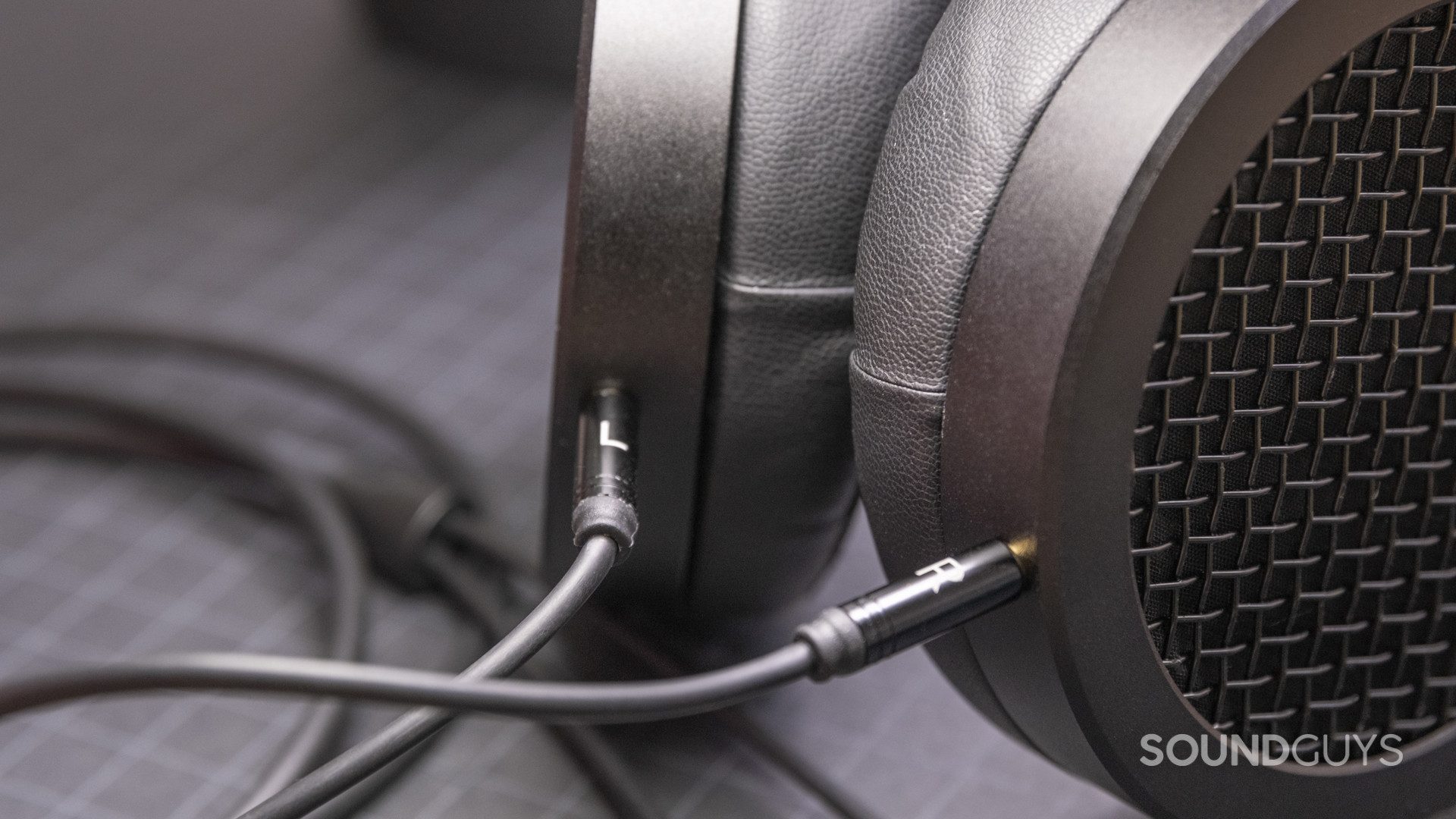
If you’re going to listen to these headphones at your computer, you’ll want your source to be relatively close, as the cable is “only” 1.5 meters long. While that’s enough for something that you carry on you, or when connected to a laptop, you may want a bit more freedom with a desktop. If you have an audio interface or headphone amp, this won’t be much of a concern, however.
How do you connect the HiFiMan Sundara?
The HiFiMan Sundara connects to your computer, amp, or other sources via a 3.5mm TRS cable that comes with a 1/4-inch adapter for sources with a larger jack. The plug has a right angle, so you can tuck it out of the way on your desk. However, it may whack into the knobs on your interface or amp if you go that route.
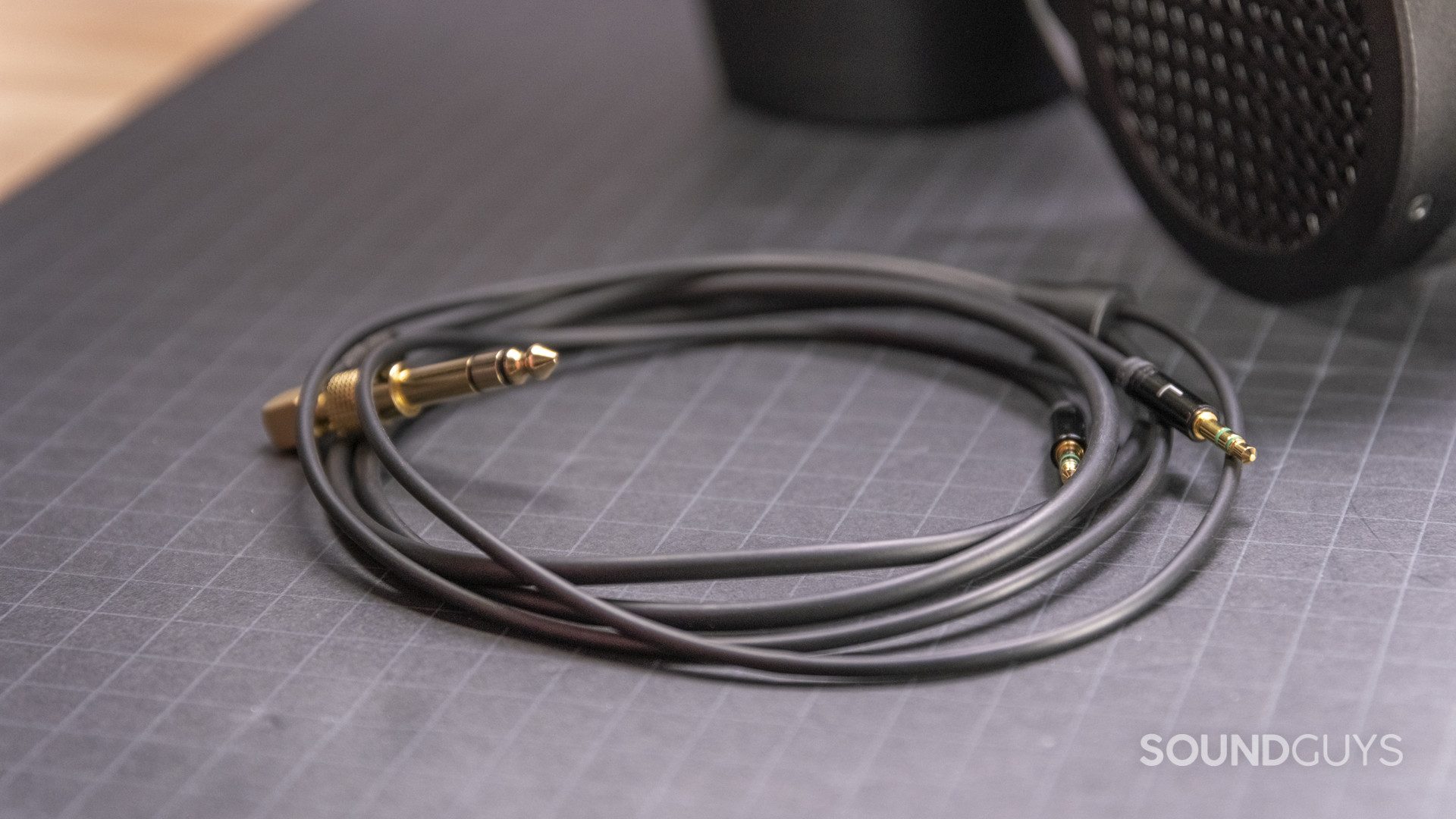
These headphones are wired-only, and the included TRS jack cable has no microphone either. Each ear cup has a female 3.5mm jack to connect the Y-shaped cable to, but be very careful to make sure the right channel plugs in all the way — many users report the right channel not working as it’s supposed to, only to find out they hadn’t plugged that side in sufficiently.
As the cable issue is by far the most common complaint levied against the HiFiMan Sundara, please take a deep breath if you do run into this, as nine times out of ten it’s an easy fix. Should a replacement cable not handle the fix, however, then and only then is it RMA time.
| Specification | Value |
|---|---|
Efficiency | 93dB/mW |
Impedance | 37Ω |
Does the HiFiMan Sundara block out noise?
No. The HiFiMan Sundara does not block out noise. In fact, it’s impressive how little noise it attenuates.
Loading chart ...
If you’re hoping the HiFiMan Sundara will block out your surroundings, open-back headphones don’t really do that. They’re not designed to isolate you from the outside world, but that’s by design: an open back means it’s a lot easier to avoid the complications of having a sealed volume of air behind the headphone drivers, and that can allow for better performance of the working headphone parts themselves.
How does the HiFiMan Sundara sound?
Should you equalize the HiFiMan Sundara?
If you’ve bought the HiFiMan Sundara and are looking to squeeze out every last drop of performance, you could equalize the headphones — but you really don’t need to at all. The frequency response is very close to our “studio” curve, if a mite overemphasized in the highs, though I like adding some parametric EQ filters to get it even closer to our studio target. If you find yourself wishing for a bass shelf, you may need a little more output power than a normal computer can provide, so you may look into using a USB interface or amplifier to get you where you want to go.
In your EQ app of choice, apply the following filters to your parametric EQ for a fairly close fit to the SoundGuys Headphone Preference Curve:
| Filter number | Filter type | Frequency | Gain | Q |
|---|---|---|---|---|
| Filter number 1 | Filter type PK | Frequency 1582 | Gain -0.3 | Q 1.006 |
| Filter number 2 | Filter type PK | Frequency 2278 | Gain 0.6 | Q 1.002 |
| Filter number 3 | Filter type PK | Frequency 3471 | Gain -0.8 | Q 4.548 |
| Filter number 4 | Filter type PK | Frequency 4517 | Gain -2 | Q 4.419 |
| Filter number 5 | Filter type PK | Frequency 6733 | Gain -1.6 | Q 3.713 |
| Filter number 6 | Filter type PK | Frequency 6757 | Gain -2.8 | Q 3.704 |
| Filter number 7 | Filter type PK | Frequency 8782 | Gain -2.6 | Q 3.235 |
| Filter number 8 | Filter type LS 12dB | Frequency 50 | Gain 7 | Q |
In your EQ app of choice, apply the following filters to your parametric EQ for a fairly close fit to the SoundGuys studio curve:
| Filter number | Filter type | Frequency | Gain | Q |
|---|---|---|---|---|
| Filter number 1 | Filter type PK | Frequency 1582 | Gain -0.3 | Q 1.006 |
| Filter number 2 | Filter type PK | Frequency 3471 | Gain -0.8 | Q 4.548 |
| Filter number 3 | Filter type PK | Frequency 4517 | Gain -2 | Q 4.419 |
| Filter number 4 | Filter type PK | Frequency 6733 | Gain -1.6 | Q 3.713 |
| Filter number 5 | Filter type PK | Frequency 6757 | Gain -2.8 | Q 3.704 |
| Filter number 6 | Filter type PK | Frequency 8782 | Gain -2.6 | Q 3.235 |
Is there anything to watch out for before buying the Sundara?
Of course, with any set of headphones in this price bracket, there are always a few quirks. Namely, sometimes dud units get shipped and you don’t find out until a bit into your listening. It can be jarring when you’ve just sunk a bunch of money on headphones, but that’s something you’re just going to have to prepare yourself for. After all, headphones like this aren’t consumables: they’re tools to get you the best audio quality possible at the expense of simplicity. You’re going to have to pay attention to how you treat them, and you’re going to have to take an active role in their upkeep.
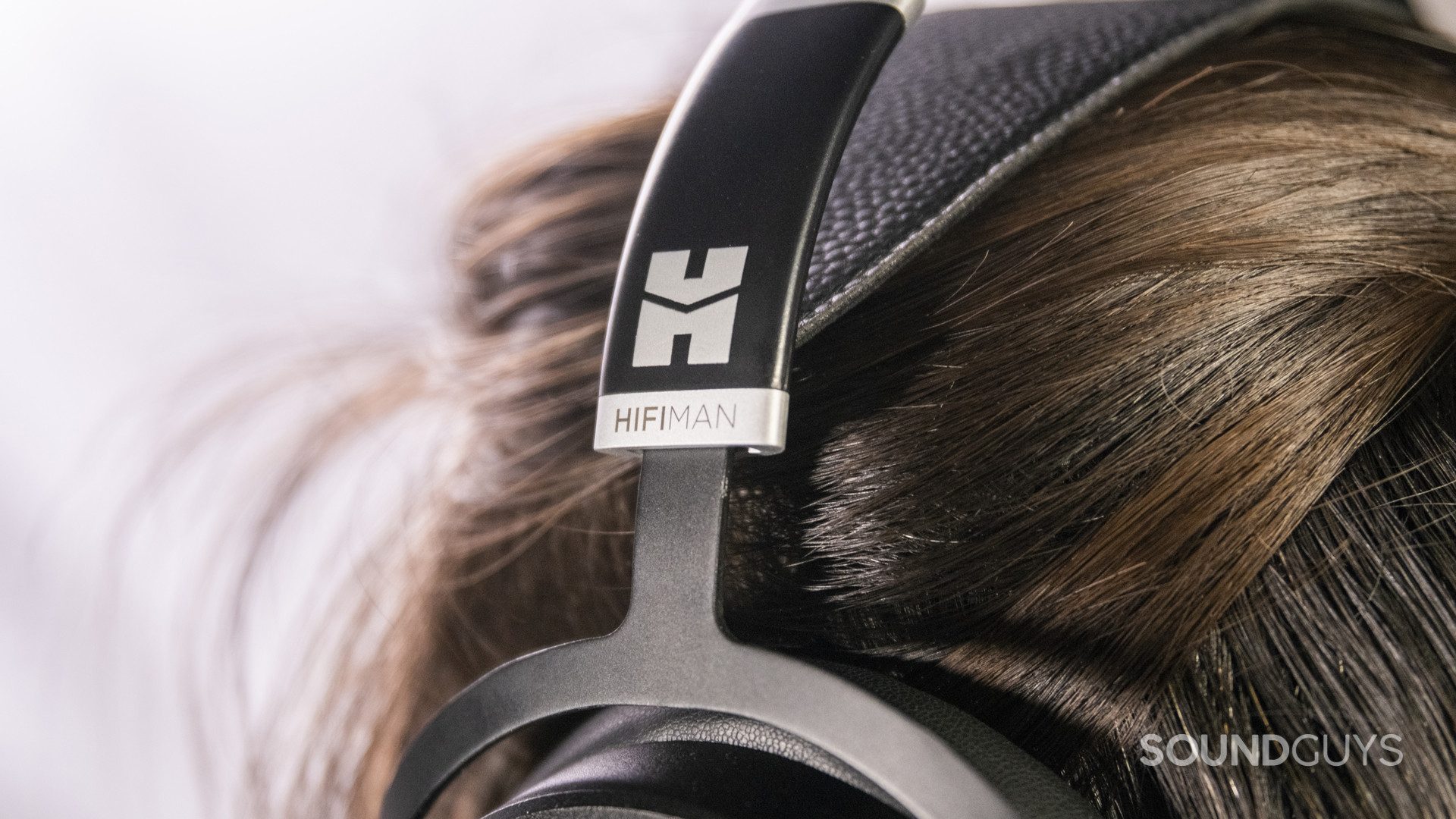
Taking an active role means making sure they don’t get knocked around, preventing foreign objects from getting into the case, and making sure to prevent the cables from snagging anything While the removable Y-shaped cable means that you can easily replace the most breakable part of your headphones, you will still need to make sure that you’re careful with your investment.
Upon unboxing the HiFiMan Sundara, we advise you to look out for the following potential manufacturing issues:
- Right channel is quieter than the left.
- Crackle at high volumes (likely a bad solder joint on the ear cup jack).
- Incorrect ear pads. The correct ones should be angled slightly, the outdated ones are completely flat.
- Channels die after a short period of use.
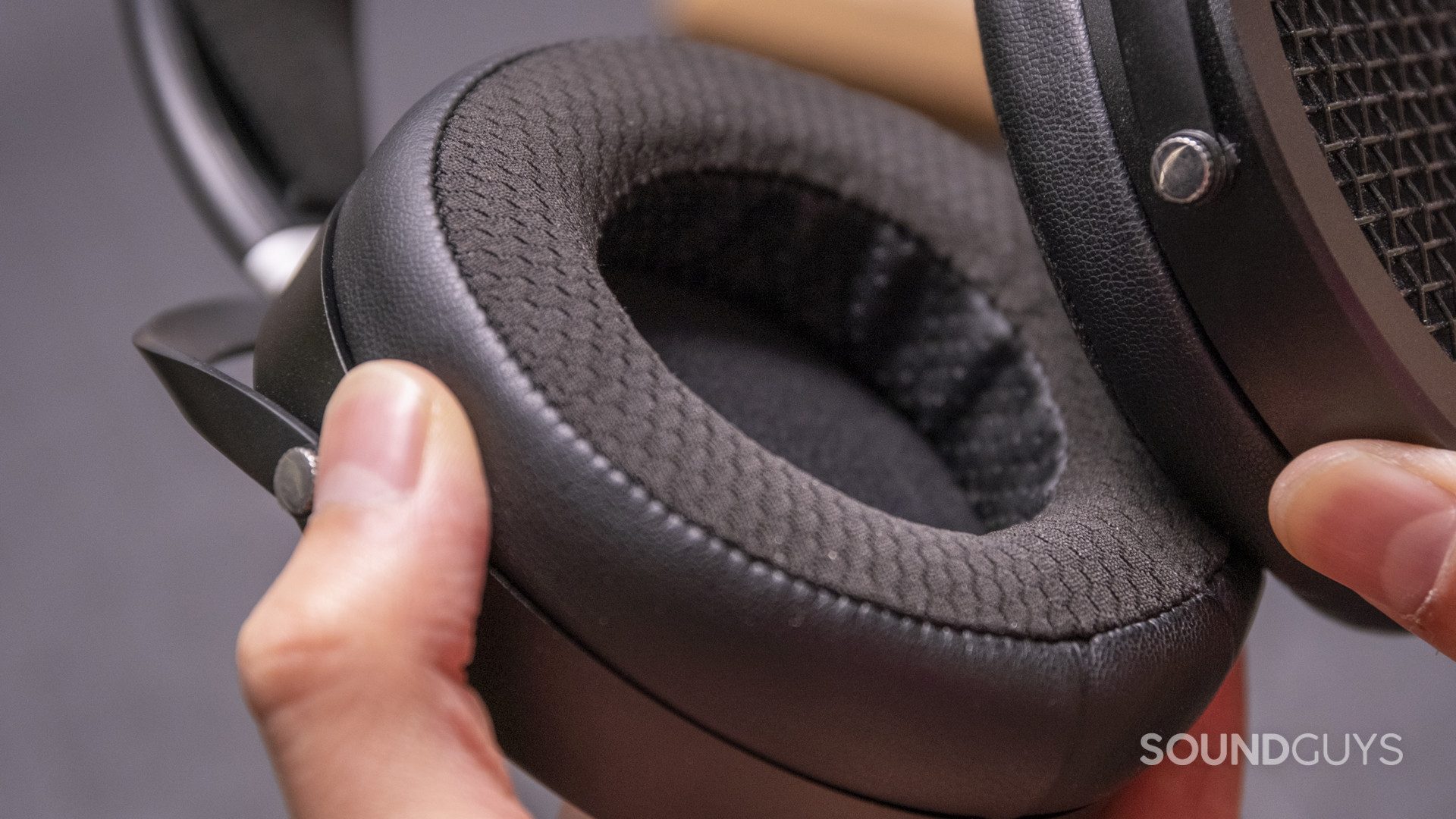
If you run into any of these issues, reach out to HiFiMan if you have exited the seller’s warranty period but are still within a year of purchase. The warranty should cover defective parts, but not accidental damage or uncommon wear and tear.
Should you buy the HiFiMan Sundara?
The HiFiMan Sundara is an excellent set of headphones to grab if you’re looking for something that can live at a dedicated listening spot. At a lower price point than more well-known high-end options, it’s punching way, way above its proverbial weight class. Some may not like that the headphones don’t output as much bass as they’re used to, but that’s pretty typical when jumping into high-end audio. Most people looking for a more accessible way into high-end headphones will enjoy the Sundara — we didn’t have to think long about giving it our Editors Choice award.

Of course, no headphones are without their downsides, but here the issues largely lie in the realities of using any open-backed headphones. This product doesn’t block out any outside noise, requires a decent amount of power to work well, and isn’t wireless. However, if you’re looking at the Sundara in the first place, you’ve probably already accounted for these things.
I feel like I shouldn’t have to say this, but I will anyway: The HiFiMan Sundara is a poor choice for commuting. These belong by the computer, and definitely not outside. Additionally, a smartphone likely isn’t going to cut it power-wise, so be sure your source can handle the load before buying the Sundara.
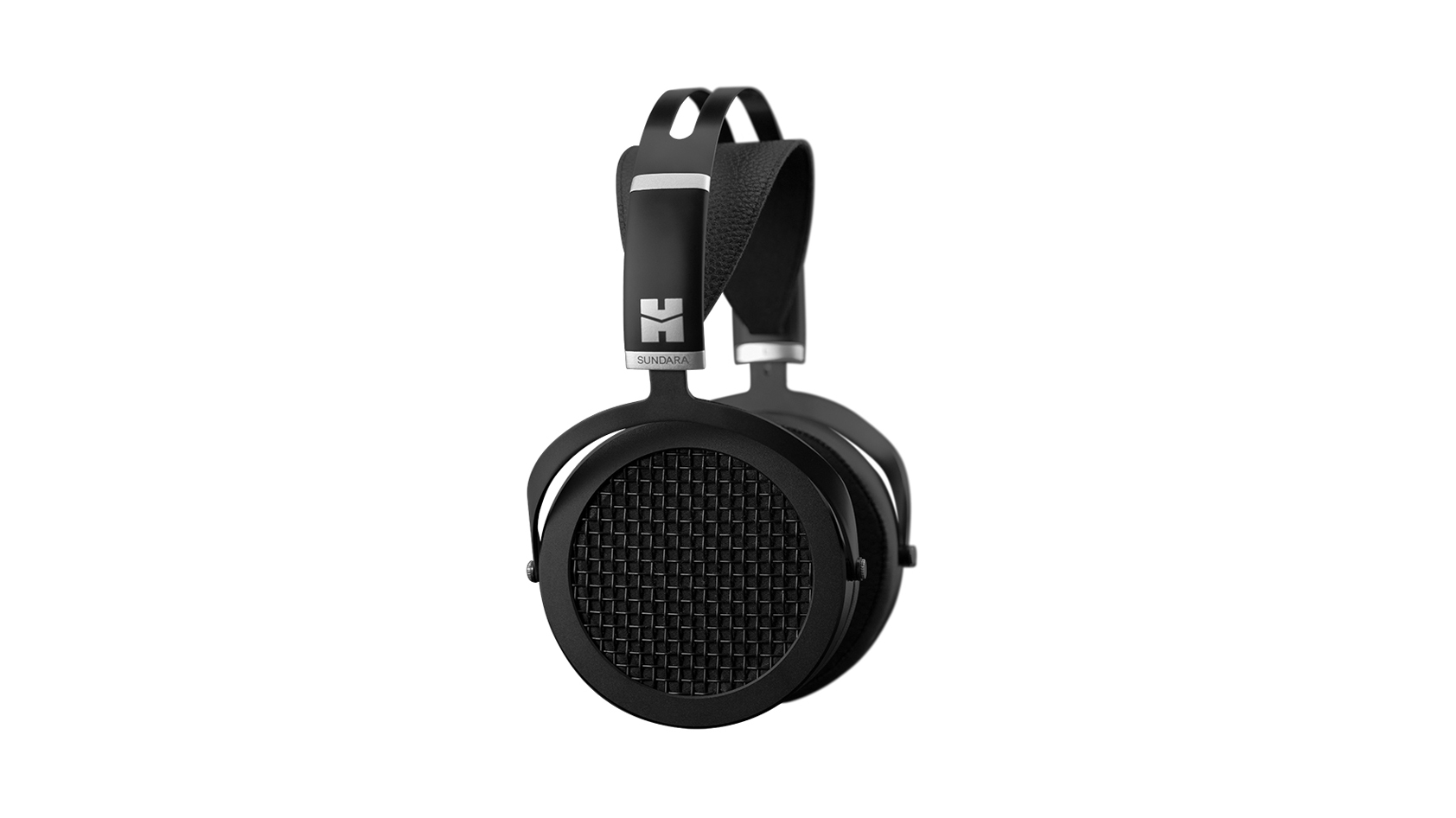
What are some alternatives to the HiFiMan Sundara?
If you’d like an alternative to the HiFiMan Sundara, you’ll need to make some tradeoffs. Many more affordable planar magnetic headphones don’t sound as good, or they’re much heavier than this set. For example, other HiFiMan options like the 400i and 400se are not quite up to the same audio standard (though they really sound quite good). The HiFiMan Deva Pro is another option that adds wireless capability, but we haven’t tested it yet and can’t speak to its performance.
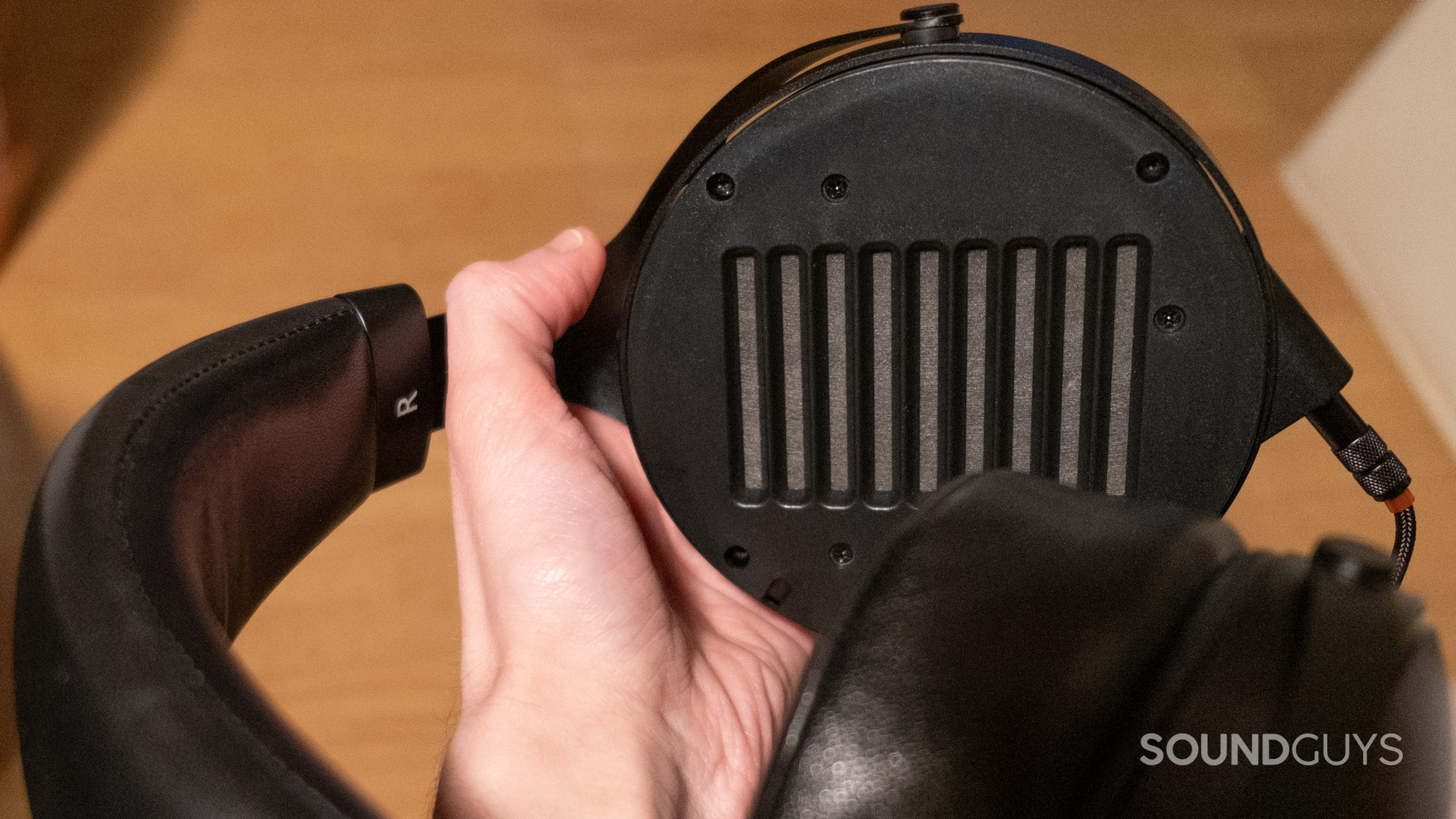
Monoprice’s options are also a bit tough to recommend over the Sundara in a head-to-head competition in sound quality and comfort. The Monoprice Monolith M1060 and Monoprice Monolith M1070 both weigh over 500g — significantly more than the Sundara. Additionally, the frequency responses of the Monoprice options require some rather strong equalization to reach a comparable performance. Your tastes may differ though, so if you do get a chance: check them out for yourself before buying anything.
You may have more luck skipping planar magnetics altogether and going with a Drop x Sennheiser HD 6XX instead. While the advantages to the planar magnetic driver design are lost, the HD 6XX is far lighter than the Sundara, and much easier to wear over the course of a workday. Still, the comfort issues of the Sundara aren’t exactly severe, so this is probably only worth considering if you’re prone to neck fatigue.
Frequently asked questions about the Sundara
Though the impedance is low and the sensitivity is fairly high, you will need a decent amount of power to play with if you want to equalize the Sundara at all. Because equalizing best practices require you to drop the preamp gain settings a bit, ensuring you’ve got headroom to spare is important. You will likely want to use an amplifier with the HiFiMan Sundara. While it’s not impossible to get a good result without one, you’re going to appreciate the extra power if you need to crank up the volume at any point.
You will only need a standalone DAC unit if you should have some sort of fault with your source, or your source isn’t compatible with the files you want to listen to.
Both headphones are excellent, and both have a lot to offer. Personally, I find the Beyerdynamics to be more comfortable over the long haul, and have a more durable design. However, the Sundara is the better performer. If you’re not going to baby your headphones any, we suggest getting the Beyerdynamic headphones.